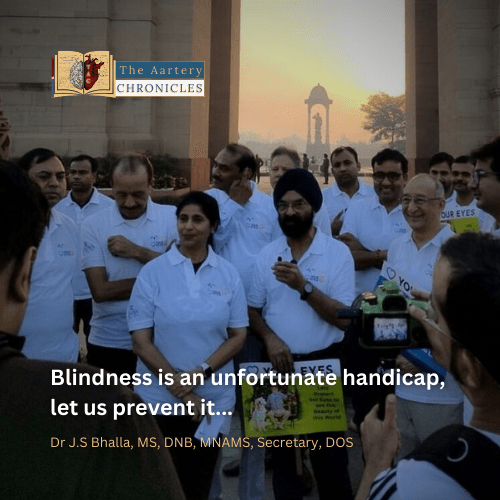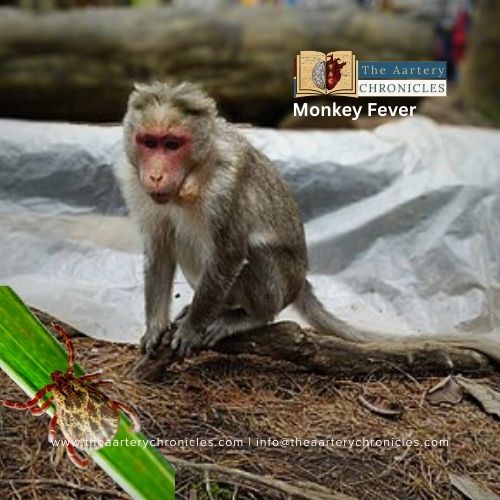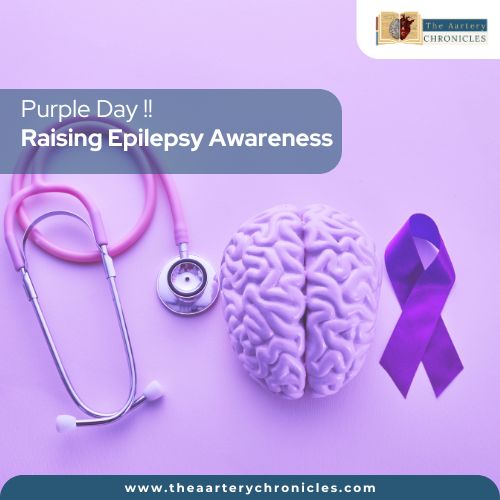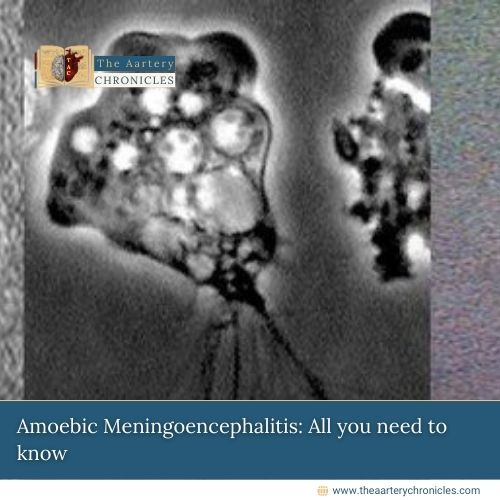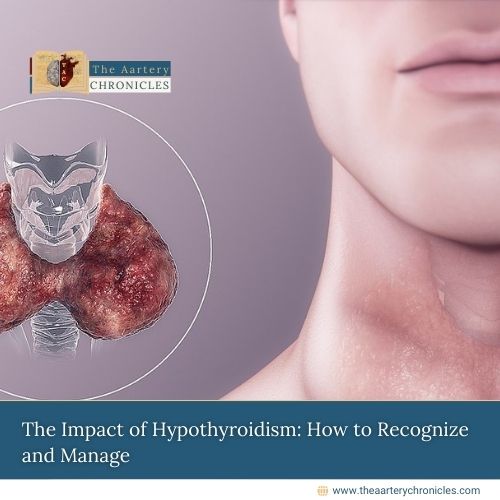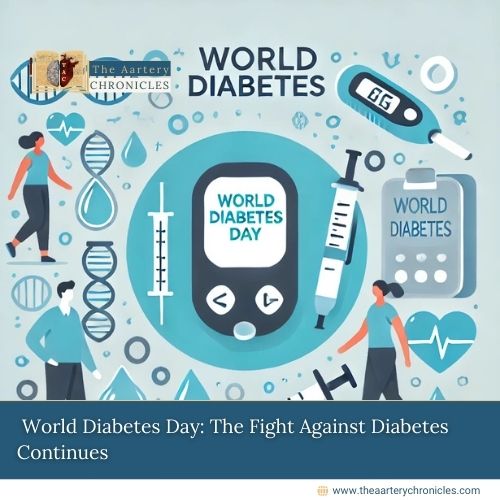

World Diabetes Day: The Fight Against Diabetes Continues
Introduction
World Diabetes Day (WDD) is observed on November 14 every year and serves as an international awareness campaign focused on diabetes mellitus, a chronic health condition affecting millions worldwide. The day not only highlights the growing prevalence of diabetes but also advocates for better access to healthcare and education to prevent and manage this condition.
What is Diabetes?
Diabetes is a chronic metabolic condition where the body either cannot produce enough insulin (Type 1) or becomes resistant to insulin (Type 2). Insulin is a vital for regulating blood glucose levels in the body. Uncontrolled diabetes commonly results in elevated blood sugar which is also known as hyperglycemia. Over time, it can cause significant harm to different systems of the body, particularly affecting the nerves and blood vessels, leading to severe complications if not managed effectively.
There are three main types of diabetes:
- Type 1 Diabetes: Often diagnosed in childhood or early adulthood, Type 1 diabetes is an autoimmune condition where the body’s immune system attacks insulin-producing cells in the pancreas.
- Type 2 Diabetes: This is the more common type, usually diagnosed in adults. Type 2 diabetes develops when the body becomes resistant to insulin or doesn’t produce enough of it, often due to lifestyle factors like obesity and physical inactivity.
- Gestational Diabetes: Gestational diabetes, a third type, occurs during pregnancy and can affect both mother and child, potentially leading to Type 2 diabetes later in life.
World Diabetes Theme for 2024
In response to the rising global prevalence of diabetes, the World Diabetes Day (WDD) was established in 1991 by International Diabetes Federation (IDF) and the World Health Organization (WHO). WDD is comemorated on 14th November to honor the birthday of Sir Frederick Banting, who, discovered insulin in 1922, along with Charles Best. Their breakthrough discovery marked a revolutionary step in diabetes treatment, transforming a once-fatal disease into a manageable condition and saving millions of lives.
In 2006, the United Nations formally recognized World Diabetes Day with the passage of a resolution (Resolution 61/225), marking it as an official global health observance. Since then, World Diabetes Day has grown into a significant event involving communities, healthcare providers, governments, and organizations worldwide.
Global Diabetes Coverage Target
The five global diabetes targets that are set to be achieved by 2030 by WHO include:
- 80% of people with diabetes are diagnosed;
- 80% of those diagnosed maintain good glycemic control;
- 80% of people with diabetes achieve good blood pressure control;
- 60% of individuals with diabetes aged 40 and above receive statins;
- 100% of people with type 1 diabetes have access to affordable insulin and tools for blood glucose self-monitoring.
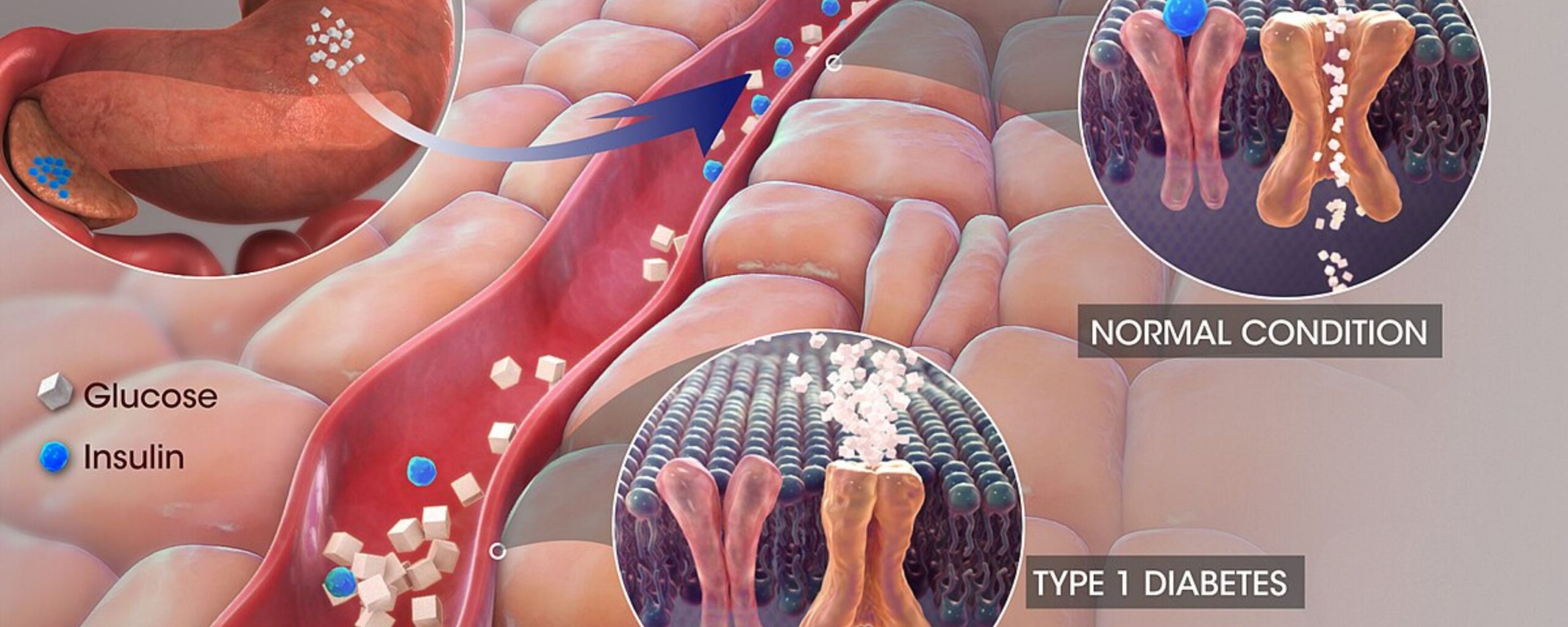
Diabetes Prevalence in India
Diabetes cases in India have surged dramatically over the past decade. This sharp increase is attributed to lifestyle changes, urbanization, and an aging population, which together have heightened the risk of Type 2 diabetes across all age groups.
The Indian Council of Medical Research (ICMR) found that, approximately 62.4 million people in India were living with diabetes in 2011 and this number is expected to reach an estimated 101.2 million by 2030. This projection highlights the urgent need for widespread diabetes awareness, prevention, and management strategies in India.
A major factor contributing to the high rate of undiagnosed diabetes in India is the limited access to healthcare resources and education, especially in rural areas. Many individuals lack awareness of diabetes symptoms, risk factors, and the serious complications that can arise from untreated diabetes. Furthermore, misconceptions persist, such as the belief that diabetes only affects the elderly, which often leads to delayed diagnosis and treatment. Addressing this challenge requires implementing targeted strategies, particularly in rural areas, that prioritize widespread diabetes awareness and education across India.
Government and Healthcare Initiatives
The government of India has introduced various initiatives and schemes to address the diabetes crisis, including the National Programme for Prevention and Control of Cancer, Diabetes, Cardiovascular Diseases, and Stroke (NPCDCS). NPCDS is aimed at promoting awareness, early diagnosis, and better management especially in rural and underserved areas.
Additionally, Ayushman Bharat—India’s flagship health insurance scheme—aims to make healthcare affordable and accessible, providing financial support for both preventive and therapeutic diabetes care. Health and Wellness Centers (HWCs) established under Ayushman Bharat also conduct community outreach for screening diabetes and other non-communicable diseases, helping to detect cases early.
Public-private partnerships have also been encouraged to strengthen the healthcare infrastructure. Programs such as community-based screenings, mobile health units, and school-based health education have proven effective in reaching larger populations and spreading awareness about lifestyle modifications to reduce diabetes risk. Digital health platforms and telemedicine services are now increasingly used to educate, monitor, and follow up with patients in remote locations. These government-backed and healthcare-driven initiatives are vital for improving diabetes prevention, early detection, and treatment accessibility across India.
Prevention and Management: Steps We Can All Take
While Type 1 diabetes is currently non-preventable, Type 2 diabetes can often be managed or even prevented through healthy lifestyle modifications. Here are key steps to reduce the risk and support those affected:
- Healthy Diet: A diet rich in vegetables, fruits, whole grains, lean proteins, and low in processed foods and refined sugars helps maintain a healthy weight and stabilize blood glucose levels.
- Regular Exercise: Engaging in regular physical activity improves insulin sensitivity and reduces blood sugar levels, lowering the risk of developing Type 2 diabetes.
- Routine Screenings: Early detection of high blood sugar levels allows for timely intervention. For those with a family history or risk factors, regular checkups are essential.
- Education and Support: Diabetes management can be complex and emotionally challenging. Access to education and support networks empowers individuals to make informed decisions and maintain a positive outlook.
Conclusion
India’s growing diabetes epidemic demands a comprehensive approach, integrating awareness, prevention, early detection, and accessible treatment. Through the concerted efforts of government initiatives, healthcare providers, and community programs, significant strides can be made toward controlling and managing diabetes. Educating the public, especially in rural areas, on the importance of lifestyle changes, early diagnosis, and proper disease management is crucial. By leveraging both traditional healthcare resources and digital platforms, India can bridge healthcare gaps and provide equitable, high-quality care for all. Working together, we can improve the lives of millions affected by diabetes and ultimately reduce the nation’s diabetes burden.


